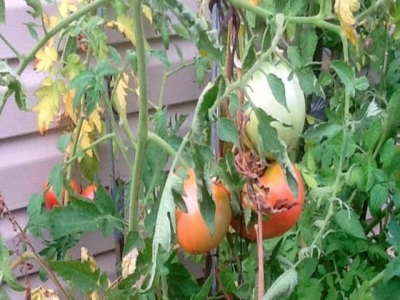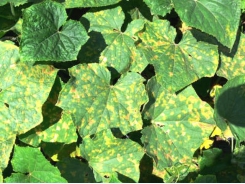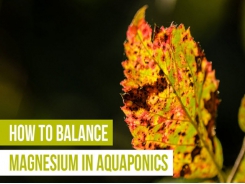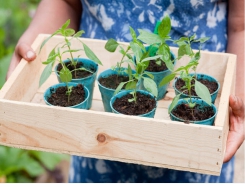Growing tomatoes in a bacterial wilt area

Bacterial wilt can be a devastating disease in tomatoes. I’ve seen whole crops destroyed, and if you’re farming in a warm area where the disease is prevalent, it’s worth knowing how to eliminate or reduce potential damage.
The first symptoms of bacterial wilt are so severe that it looks as if the plants have suffered a water shortage or their roots have been damaged.
Resistant varieties are now available, but that doesn’t mean your crop will be safe, as resistance breaks down at high soil temperatures. You also have to be sure that the resistant gene in the variety is effective against the disease in SA. Genes which are effective against the pathogen found in Florida, in the US, for example, aren’t effective here (and vice versa).
Rodade
The causal bacterium in this country is Pseudomonas solanaceurum race 1 biovar 2. The first resistant cultivar was the Rodade, bred by the Agricultural Research Council in Nelspruit. Since then the gene responsible for resistance has been transferred to many varieties, several of which have a greater market appeal than Rodade. The disease is inactive at temperatures below 18°C – which is why most tomatoes were once grown in winter.
The resistant gene works well until the mercury reaches the low 30s, then, as noted, it breaks down and the plants become susceptible. I’ve seen a land of tomatoes where a resistant variety was grown alongside a susceptible variety, and not one plant of the susceptible variety was affected, while huge patches of the other variety were dying out. Then again, I once did a trial where I planted a row of resistant variety tomatoes alongside a susceptible variety. Every susceptible plant died, leaving the resistant variety clean. It looked most impressive.
Some lands seem more prone to bacterial wilt, and it’s believed that some soils have beneficial organisms which help contain the pathogen. Sandy and gravelly soils are generally affected more than loams and clay, while healthy, organic soils provide much more resistance to a number of diseases.
Symptoms
The disease will be a lot worse when an infected crop has recently been in the land. It usually starts in patches which gradually spread. The first symptoms are a wilting of the younger growth. This is so sudden and severe that it looks as if the plants need water, or their roots have been damaged. By contrast, other wilt diseases develop gradually.
To make sure you’re dealing with bacterial wilt, cut one of the affected plants about 15cm from the tip and insert the cut section into a glass of clean water. Usually within half an hour, milky streams of bacteria will flow from the section. Once in the soil, the disease is invariably there for keeps. Fumigation will only be a temporary help as the bacteria will also be at deeper layers where it can’t reach.
It’s possible to kill off the bacteria by drying out the soil, but this is difficult in the moist areas where the disease usually occurs. Your best option is a combination of crop rotation and resistant cultivars, as well as practices which keep the soil cool in summer. These include choosing the best slopes and soil types.
Mulch
When you have a crop that will grow into the hot period, apply a mulch to the soil to lower the temperature. This will also save water and increase the organic content of the soil as it decomposes. In areas where the disease is most prevalent, the usual water source is streams and these may be infected with bacteria. Solanaceous weeds are also host to the bacterium. If your soil is more susceptible to the disease, plant these lands during the cool part of the year when the bacteria aren’t active, leaving the more productive, ‘cooler’ lands for the warmer period.
Related news
Tools

Phối trộn thức ăn chăn nuôi

Pha dung dịch thủy canh

Định mức cho tôm ăn

Phối trộn phân bón NPK

Xác định tỷ lệ tôm sống

Chuyển đổi đơn vị phân bón

Xác định công suất sục khí

Chuyển đổi đơn vị tôm

Tính diện tích nhà kính

Tính thể tích ao




 10 of the best tomatoes to grow
10 of the best tomatoes to grow  Gardening with less plastic
Gardening with less plastic